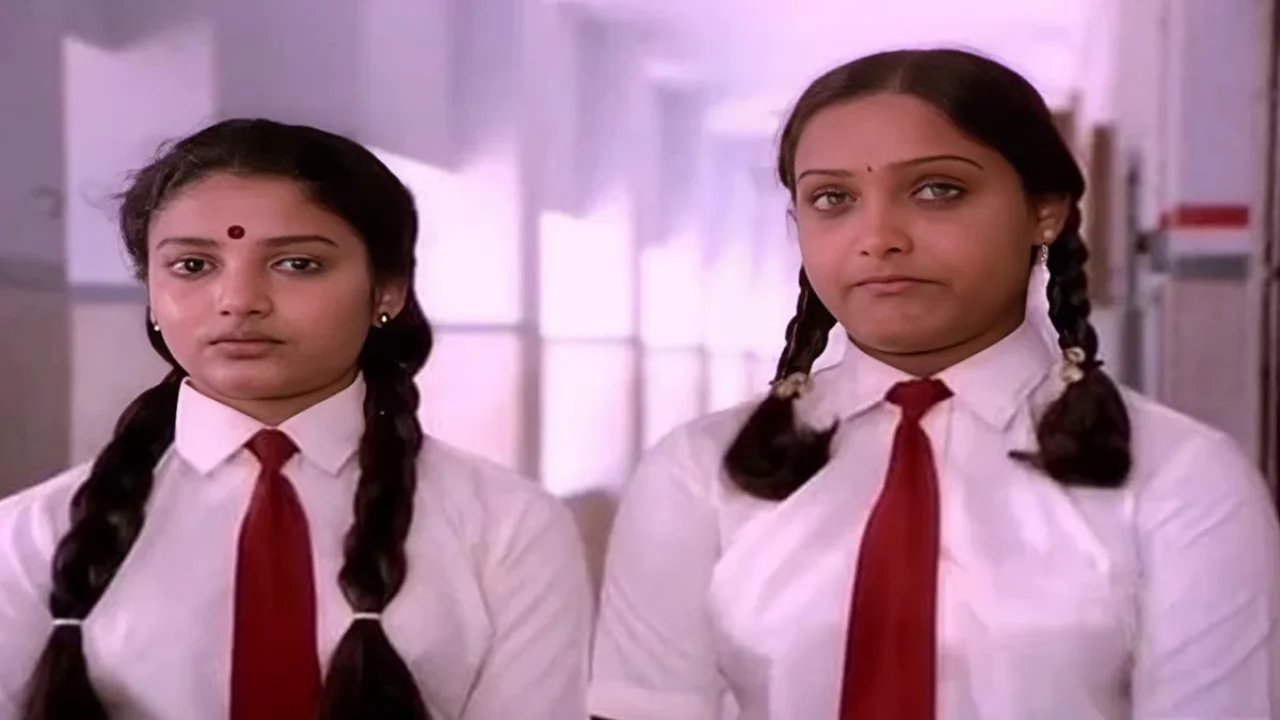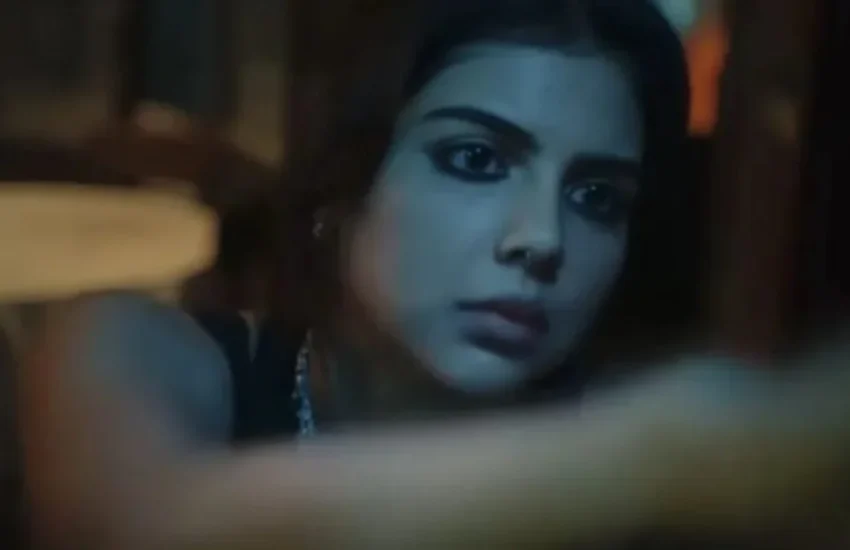Was Deshadanakili Karayarilla the First Lesbian Malayalam Movie? (Or Maybe Not?)
When we talk about LGBTQ+ representation in Malayalam cinema today, names like Kaathal – The Core, Mumbai Police, or Njan Marykutty often come up. But decades before these films, there was one movie that quietly carried subtle themes of queerness, without ever spelling it out.
To revisit that, let’s travel back to the 1980s.
Malayalam Cinema in the 1980s: A Different Era
The 80s were a time when Malayalam movies were more about stories than stars. It was an era that gave us some of the finest filmmakers and directors who reshaped the very language of cinema. Among them stood Padmarajan, a master storyteller whose works often defied conventions.
In 1986, he released Deshadanakili Karayarilla (The Migratory Birds Don’t Cry). The film was not a commercial success, but over time, it has sparked a quiet debate:
Was this movie about two lesbians?
Audiences remain split. Some argue it was simply about friendship, while others see it as a veiled queer love story. But maybe the real answer lies somewhere in between.
Deshadanakili Karayarilla – The Story in Brief
Deshadanakili Karayarilla tells the story of Sally and Nimmi, two teenage girls who never quite fit into the world around them. They’re rebellious, fragile, and constantly at odds with Devika Teacher, who represents the larger, unforgiving society.
So, they run away.
For a while, they experience freedom—like migratory birds, drifting without direction but clinging to each other for comfort. But their fragile balance is disrupted when Harishankar enters their lives.
Nimmi mistakes his kindness for love, while Sally grows increasingly jealous—not of Harishankar himself, but of the possibility of losing Nimmi. What begins as a youthful escape spirals into something far more complex, leaving behind unanswered questions about love, desire, and identity.
Why Some Say It’s Not a Lesbian Film
There are strong arguments from those who don’t see the movie as queer at all:
- There’s no direct mention of sexual attraction between Sally and Nimmi.
- The film never portrays them falling in love.
- Nowhere are they identified or labeled as lesbians.
- Sally even supports Nimmi’s initial attraction towards Harishankar, which seems contradictory if this were a love story between the two girls.
- Some argue we shouldn’t assign sexual identities just because Sally appears more “masculine” and Nimmi more “feminine.”
Fair points. But here’s another way to look at it.
What If It’s a Queer Film Without Saying It?
Let’s assume for a moment that Deshadanakili Karayarilla isn’t a straightforward lesbian film. What if it’s a film about two closeted teenagers, confused about their identities and searching for belonging in a world that refuses to understand them?
Here are five reasons why that reading might make sense:
1. Because It’s Padmarajan
Padmarajan was never afraid of difficult, unconventional themes.
- Thoovanathumbikal challenged chastity.
- Peruvazhiyambalam redefined masculinity.
- Njan Gandharvan explored erotic fanaticism.
Is it really surprising to think he might have woven queerness—subtly—into one of his stories?
2. The Focus Was on Alienation, Not Labels
The film doesn’t highlight their sexual orientation. Instead, it’s about how these girls relate to the world: their isolation, loneliness, and desperate need for a safe space.
Unlike modern queer films such as Kaathal, Njan Marykutty, or Mumbai Police, this is not a “coming out” story. It’s about existence itself.
3. The Time Period Matters
In the 1980s, homosexuality wasn’t even part of public discourse in India. If Padmarajan had explicitly made a “lesbian” movie, it would likely have been banned, ignored, or erased.
By keeping the queerness implied rather than explicit, he ensured the story lived on.
4. Masculine & Feminine Roles as Hints
Yes, Sally is tomboyish while Nimmi is more traditionally feminine. While it may seem like stereotyping today, perhaps in the 80s, this was Padmarajan’s subtle way of hinting at the girls’ possible sexual orientation—without ever naming it.
5. A Story Beyond Labels
Whether queer or not, what makes Deshadanakili Karayarilla extraordinary is its exploration of individuality. Sally and Nimmi’s alienation, their misfit identities, and their desperate need for belonging transcend labels of sexuality.
Why the Film Still Matters
Even today, with all the progress in LGBTQ+ conversations, many queer individuals continue to face alienation, violence, and silence. In the 1980s, when there were no resources, no visibility, and no conversations, this sense of helplessness must have been unbearable.
This is what Deshadanakili Karayarilla captures so beautifully. It’s not just about queerness—it’s about being misunderstood, unseen, and trapped in a world that doesn’t allow you to simply be yourself.
Padmarajan gave us a story that was way ahead of its time. And decades later, it continues to spark debate, reflection, and meaning.
Final Thoughts
So—was Deshadanakili Karayarilla the first lesbian Malayalam movie? Maybe, maybe not.
But one thing is certain: it was revolutionary. A film about misfits, belonging, and the quiet struggles of identity that still feels relevant today.
What do you think? Was it a queer love story, or simply a tale of friendship and alienation? Share your thoughts in the comments—I’d love to hear your take.

I can’t stop talking about films, so I blog!
I started The FourthWall, my film blog, to share my thoughts on films and shows with fellow movie buffs, and over the years it has become my happy place. Come join in for some interesting conversations on cinema… and sometimes books and fashion!








